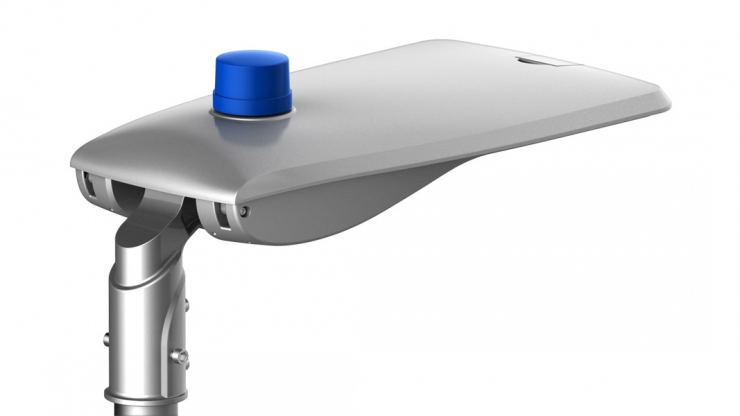
Smart lighting is a type of automation that used to control numerous lighting features as well as simple on/off functionality. Smart lighting system provide to manage lighting devices with minimum human interference. It is generally used in commercial facilities to maximize energy savings. In private residences, it is aimed to provide convenience to the users.
The most commonly used wireless communication technologies in smart lighting systems are ZigBee, Z-Wave, Wi-Fi, Thread, Bluetooth Low Energy, 6LoWPAN and EnOcean.
ZigBee is a type of communication protocol based on IEEE 802.15.4 standard, used for wireless personal area networks. It uses low radio signals to provide communication. It uses destination-based routing to send data packets up to 1,000 meters away. ZigBee is one of the most popular wireless communication protocols in smart home networks.
Z-Wave is another wireless communication protocol similar to ZigBee, primarily used for home automation. It has lower transmission speed and less capacity than ZigBee. Z-Wave is designed to transmit small data packets reliably and with low latency. Z-Wave is primarily used for home automation. It is another wireless communication protocol. According to the ZigBee, it has less capacity and lower transmission speed. Z-Wave is designed to transmit small data packets reliably and with low latency.
Wi-Fi is a wireless local area network (WLAN) technology with a number of protocol versions, including 802.11a, 802.11b, 802.11g, IEEE 802.11n, and 802.11ac. Wi-Fi operates in the 2.4 GHz and 5 GHz bands, with a transmission range of about 100 meters. An IP-based protocol operates using a star or peer-to-peer network topology, or in infrastructure that includes a root (access point) and wireless nodes (clients).
Thread, it is an IPv6-based network communication protocol with 6LoWPAN networking features to achieve maximum routing efficiency. Network topology makes use of redundant boundary routers in data transmission. Although the scope of data communications is very narrow, it is a unique solution for mission-critical industrial applications where system outages can have significant impacts. In threaded technology, the transmission range is limited to 10 meters.
Bluetooth Low Energy has the same communication distance as traditional Bluetooth technology, while greatly reducing power consumption and cost. Bluetooth Low Energy technology provides a direct peer-to-peer connection between nodes in a Wireless Personal Area Network (WPAN). With the help of this wireless network technology, it is possible to transmit data for a distance of approximately 240 meters.
6LoWPAN is a network technology that carries IPv6 data packets over the IEEE 802.15.4 framework. 6LoWPAN was developed as an adaptation layer between the IPv6 network layer and the 802.15.4 link layer to bring IPv6 to wireless IoT devices. As a low-power communications protocol, 6LoWPAN is designed for applications where low data rates are sufficient. It is widely used in automation applications in environments such as home, office and factory.
EnOcean is a type of communication technology that saves its energy from its environment. EnOcean technology combines micro-transducers with ultra-low-power electronics. for example, By simply pressing a switch, kinetic energy can be converted into electrical energy, or small solar panels can be found on sensors to take advantage of solar energy. These devices are self-powered, and do not need any batteries. EnOcean sensors can transmit data up to 30 meters in the building and 300 meters in the open area.

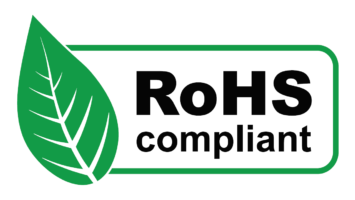

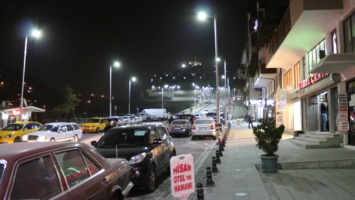
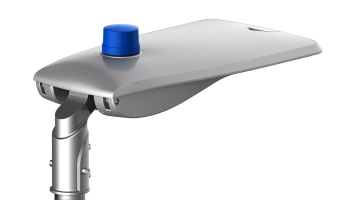
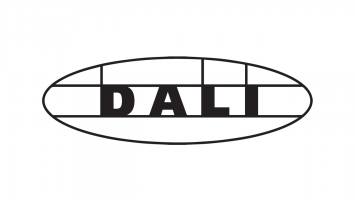
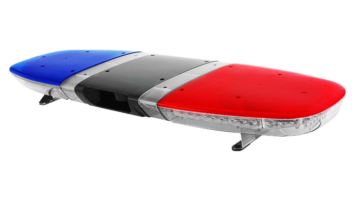
COMMENTS
MAKE A COMMENT